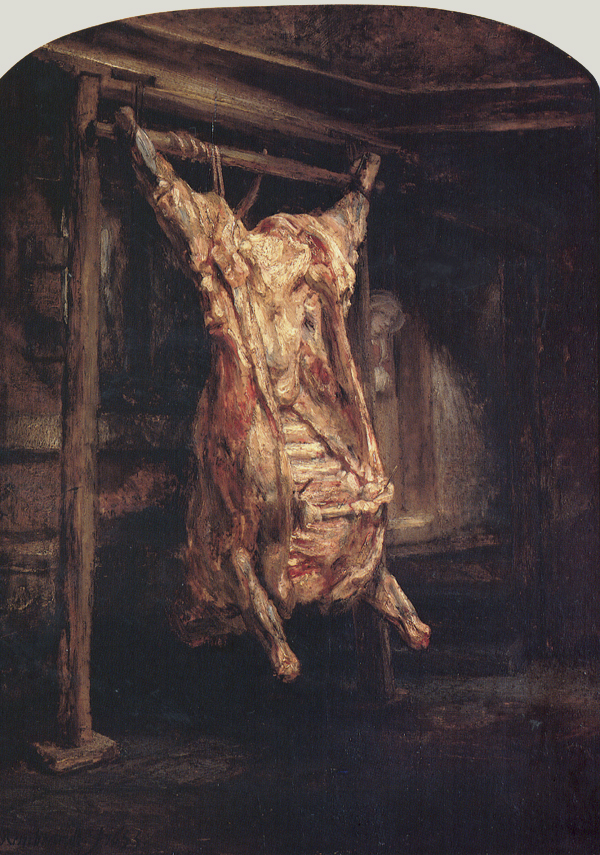Specifically with respect to encouraging language diversity, Sharla Peltier does echo a broad recommendation for teachers: "Laurence and Fey recommend a pragmatic approach for children with gramatical errors which emphasizes language in context. These clinicians recommend associating relevant social contexts in which to use particular gramatical forms."
So what would it look like to follow this guideline? I had a few ideas:
1. I think it begins with being explicit about what we are teaching (this is beginning to be a recurring theme for me). The starting point is to be open about explaining that Standard English is a dialect to be used in certain situations for the sake of clarity and formality. If students recognize that their English dialect is not defective, they will not see the use of Standard English as an attack on their traditional way of speaking.
2. When giving assignments It will be helpful to stipulate which form of English will be expected according to what would be required in an authentic setting. When assigning formal letters and resumés, a teacher can emphasize that Standard English grammar will be required, and the writing will be graded accordingly. On the other hand, less formal writing assignments, including blogs, memoirs, and micro-fiction, can be used to affirm other dialects. Explicit mention of whether or not formal English will be essential so as not to confuse students about when they are learning Standard English grammar, and when they are not.
3. Students can be encouraged to write in alternative dialects with assignments that require them to dip into their own, unique linguistic expertise. For example, in an everyday writing assignment students could be asked to use words that they use in everyday speech, but which they would not normally use in the work they hand in. Students could even be encouraged to choose words from other languages, assuming that they are used effectively in context. The purpose of this assignment would be to create a level of comfort and familiarity with writing that has been broken down by the requirement to write in Standard English. If the use of unfamiliar language creates confusion for the teacher, an opportunity will have become available to draw upon student expertise, inverting the typical instructional pattern in the classroom whereby the teacher would typically instruct the student in an unfamiliar dialogue, instead of the other way around.
4. If it is possible for written work to be studied in alternative dialects, the teacher can continue to draw on students for expertise as readers and interpreters of the work. Canadian fiction and non-fiction is available in Aboriginal and Metis dialects which should bear some resemblance to those spoken by students.
I'm hopeful that these ideas will be of use for creating a positive learning environment for all students. Let's turn the classroom experience from this . . .
Into something more like this . . .
. . . well, sort of, anyway.








